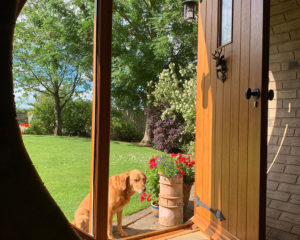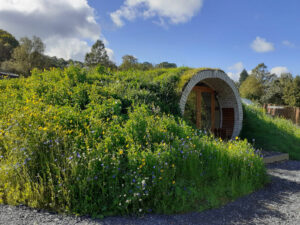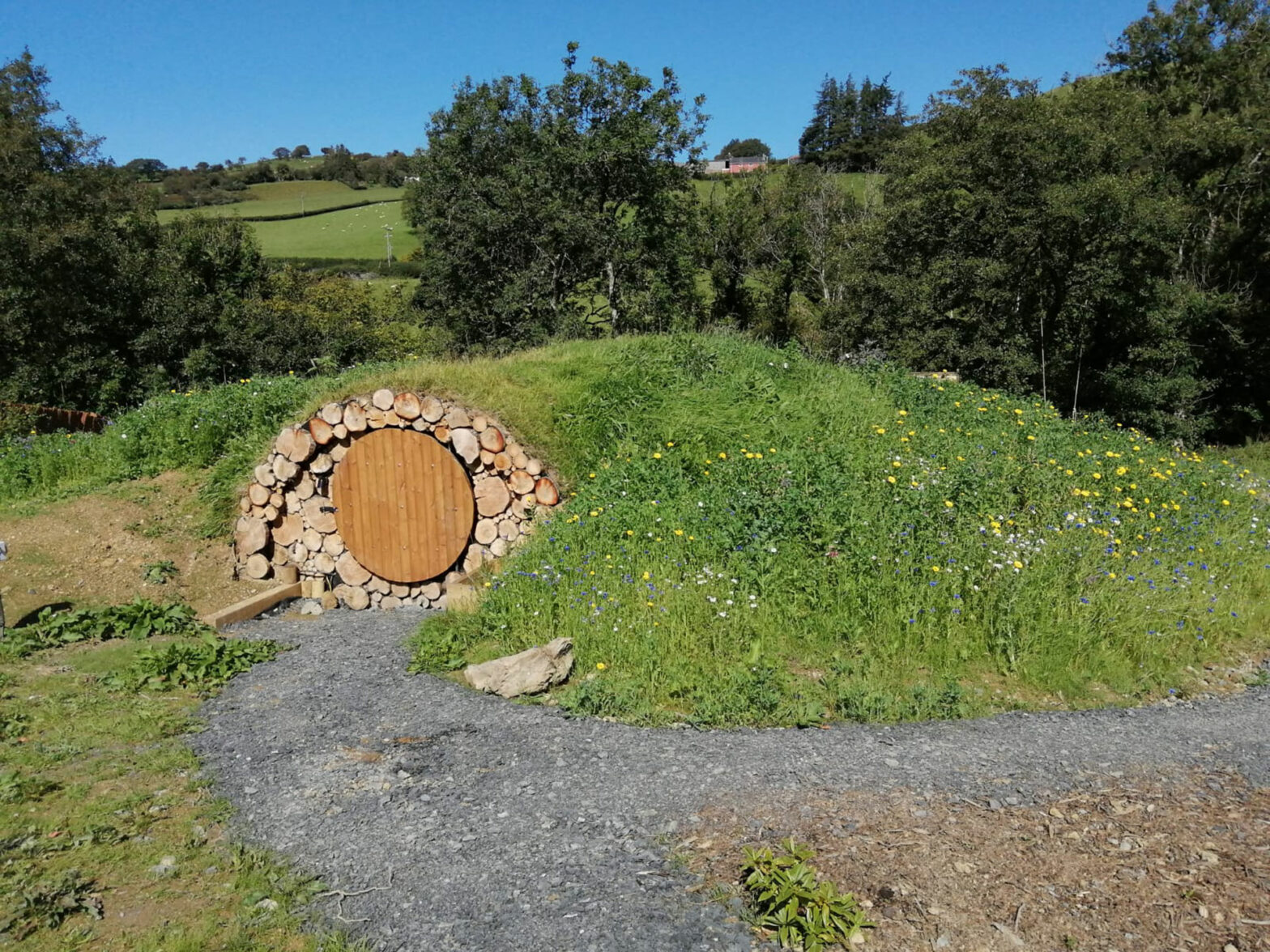Our company

Burrowed prides itself on minimising environmental impact, including:
- Responsible purchasing of materials
- Waste management and reduction
- Transport efficiency
- Recycling materials wherever possible
- Avoiding hard copy sales materials wherever possible
Our structures
Our structures are manufactured from high-density polyethylene (HDPE) plastics.
- HDPE is light in weight, relative to other building materials, minimising transportation emissions
- Concrete foundations are not required, further reducing environmental impact and structures are manufactured in a factory committed to constant reduction of carbon emissions
- Long life expectancy (125-year guarantee)
- Resistant to attack from UV, microbes, water ingress, etc.
- Structures can be removed if required, with little or no long-term environmental impact
Materials:
Timber is purchased from suppliers committed to environmental protection sourcing wood from legal and sustainable sources, which are independently evaluated and certified to minimise environmental impact
Green roofs:
Our structures Houses benefit from the addition of green roofs as standard, the environmental benefits of which are manifold:

- Reduced carbon footprint through lowering building running costs: the thermal insulation on the building is improved providing a more balanced temperature within. This reduces heating costs in the winter and air conditioning expenses during the summer
- Urban heat island effect is reduced: urban heat island effect is the difference in temperature between urban areas and the surrounding countryside. In large cities, this can be as much as 5°C. Large building surfaces will both reflect and radiate solar energy within a built up area, which does not dissipate fully overnight. The substrate of a green roof will absorb some of this heat and evaporation of water from plants and soil helps to cool and humidify the air lowering the temperature
- Storm water management: soft landscaping reduces the risk of flooding by retaining large proportions of annual rainfall and reducing rainwater run-off
- Improved air quality: vegetation on a green roof assists in reducing both gaseous pollutants and dust particles by removing a proportion of them from the immediate environment. The natural evaporation of water from the plants and soil helps to cool and humidify the air, lowering the ambient temperature
- Human health and wellbeing: studies have shown additional stresses on human health with summer temperature fluctuations, improved mental wellbeing with access to public parks and green spaces and improvements due to better sound insulation
- Absorption of environmental CO2: green vegetation directly reduced CO2 in the air through photosynthesis, storing carbon in plants and roots. Under maximal conditions, each square metre of single leaf surface on an established extensive type planted roof is estimated to take up (0.3024 x 48) 14.51g of carbon dioxide and release (0.3024 x 32) 9.68g of oxygen a day (12 hours)
- Creates a natural habitat for flora and fauna: a living roof can create a local ecology in which the vegetation will establish and provide a home for smaller elements of wildlife as well as insects and invertebrates, which in turn, encourages local biodiversity


